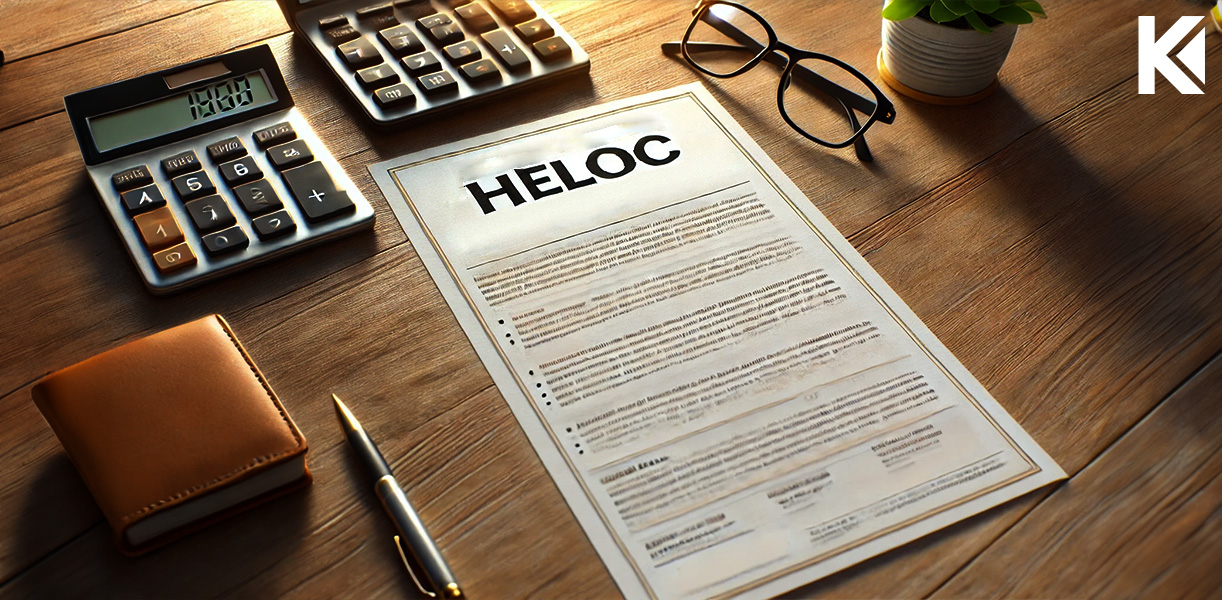If you’re a homeowner looking to tap into your home’s equity in 2025, understanding the differences and requirements for HELOC (Home Equity Lines of Credit) and home equity loans is crucial. Both options provide access to funds for renovations, debt consolidation, or major expenses, but they come with unique terms and eligibility criteria. This guide breaks down everything you need to know to make an informed decision.
What Is a HELOC?
A HELOC is a revolving line of credit secured by your home’s equity:
- How It Works: Borrow as needed, up to a set limit, during the draw period (typically 10 years).
- Payment Terms: Make interest-only payments during the draw period; repayment of principal begins during the repayment period.
- Best For: Homeowners needing flexibility for ongoing expenses, like home renovations.
What Is a Home Equity Loan?
A home equity loan is a lump sum loan secured by your home’s equity:
- How It Works: Receive a one-time payment with a fixed interest rate and monthly payments over the loan term.
- Payment Terms: Payments include both principal and interest from the start.
- Best For: Borrowers with a specific, one-time expense, like medical bills or tuition.
Key Requirements for HELOCs and Home Equity Loans in 2025
1. Sufficient Home Equity
- Equity Threshold: Most lenders require at least 15%-20% equity in your home.
- How to Calculate Equity: Subtract your mortgage balance from your home’s current market value.
2. Good Credit Score
- HELOC: Typically requires a credit score of 680 or higher.
- Home Equity Loan: Some lenders may approve borrowers with scores as low as 620 but offer better terms for higher scores.
3. Low Debt-to-Income Ratio (DTI)
- General Rule: Aim for a DTI below 43%, though some lenders may allow up to 50%.
- How to Improve DTI: Pay down existing debts before applying.
4. Stable Income and Employment
- Proof of Income: Provide recent pay stubs, tax returns, or other documentation showing consistent income.
- Employment History: Lenders may require at least two years of steady employment.
5. Loan-to-Value Ratio (LTV)
- HELOCs: Lenders typically allow borrowing up to 85% of your home’s value, minus your existing mortgage balance.
- Home Equity Loans: Similar LTV requirements apply, but specific terms vary by lender.
Application Process for HELOCs and Home Equity Loans
- Gather Documentation: Prepare income statements, tax returns, proof of homeownership, and details of existing debts.
- Shop Around: Compare lenders for interest rates, fees, and terms.
- Submit an Application: Provide all required information and undergo a credit check.
- Appraisal: Lenders may order a home appraisal to confirm your property’s value.
- Approval and Funding: Once approved, receive funds as a lump sum (home equity loan) or a line of credit (HELOC).
Tips for Choosing Between a HELOC and Home Equity Loan
- Assess Your Needs: Choose a HELOC for flexibility or a home equity loan for fixed, predictable payments.
- Compare Costs: Evaluate interest rates, fees, and repayment terms.
- Understand Risks: Both options use your home as collateral, so ensure you can meet repayment obligations.
Conclusion
Understanding HELOC and home equity loan requirements in 2025 empowers homeowners to make informed financial decisions. By meeting eligibility criteria and choosing the right option for your needs, you can unlock your home’s equity to achieve your goals. Consult with a trusted lender or financial advisor to explore your options and secure the best terms.






